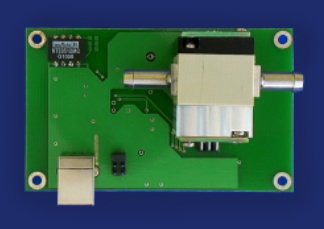

Model membranes at solid-liquid interfaces can be studied using a range of complementary surface-sensitive techniques to give a detailed picture of both the structure and physicochemical properties of the membrane and its resulting interactions.

Katarzyna Derszniak, Jagiellonian Centre for Experimental Therapeutics (JCET)Ĭellular membranes are complex structures and simplified analogues in the form of model membranes or biomembranes are used as platforms to understand fundamental properties of the membrane itself as well as interactions with various biomolecules such as drugs, peptides and proteins. The Application of Quartz Crystal Microbalance with Dissipation Monitoring to Understand the Early Stages of Platelets Activation Madoka Takai, Department of Materials Engineering, The University of Tokyo Study on Biointerface by QCM-D: Protein Adsorption and Cell Adhesion Jackman, Assistant Professor, School of Chemical Engineering, Sungkyunkwan University QCM-D Characterization of Antimicrobial Lipid Interactions with Supported Lipid Bilayers: Towards Antiviral Applications in the Biomedical and Agricultural Sectors Marité Cárdenas, Professor, Biomedical Science, Malmö UniversityĬarbohydrate-presenting rSAM Surface as a Sensitive Platform for QCM-D Detection of Multivalent LectinsĪdam Tillo, KTH Royal Institute of Technology Biomembrane Models and Membrane Curvature


 0 kommentar(er)
0 kommentar(er)
